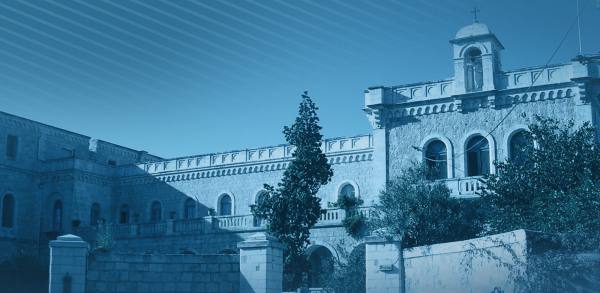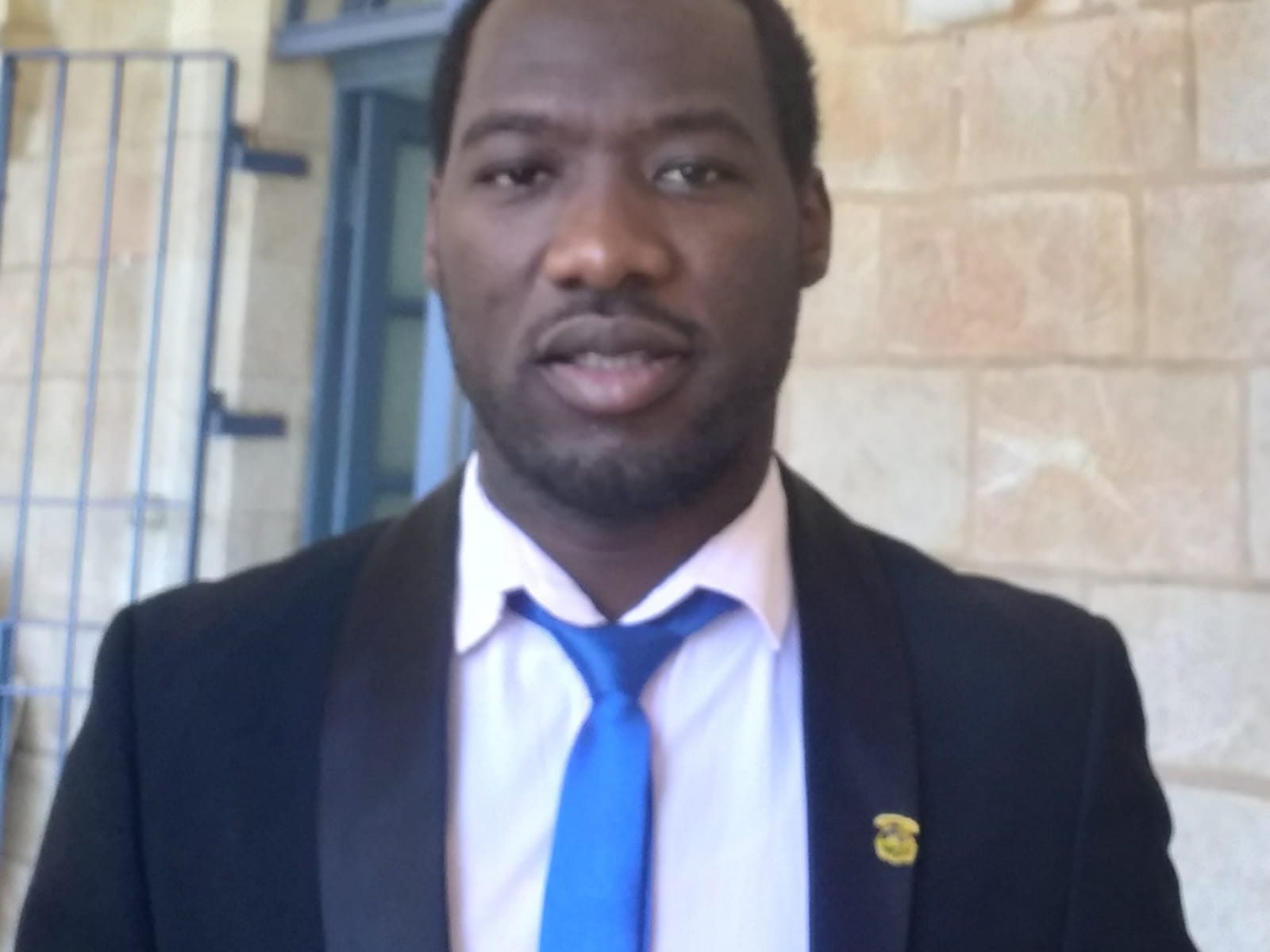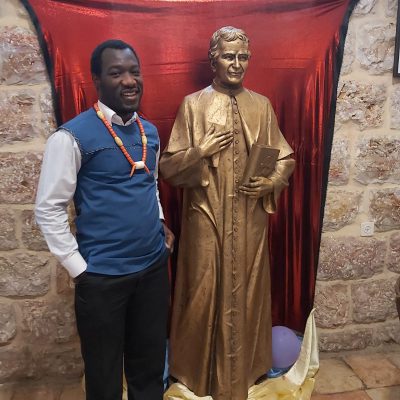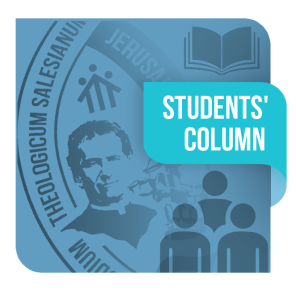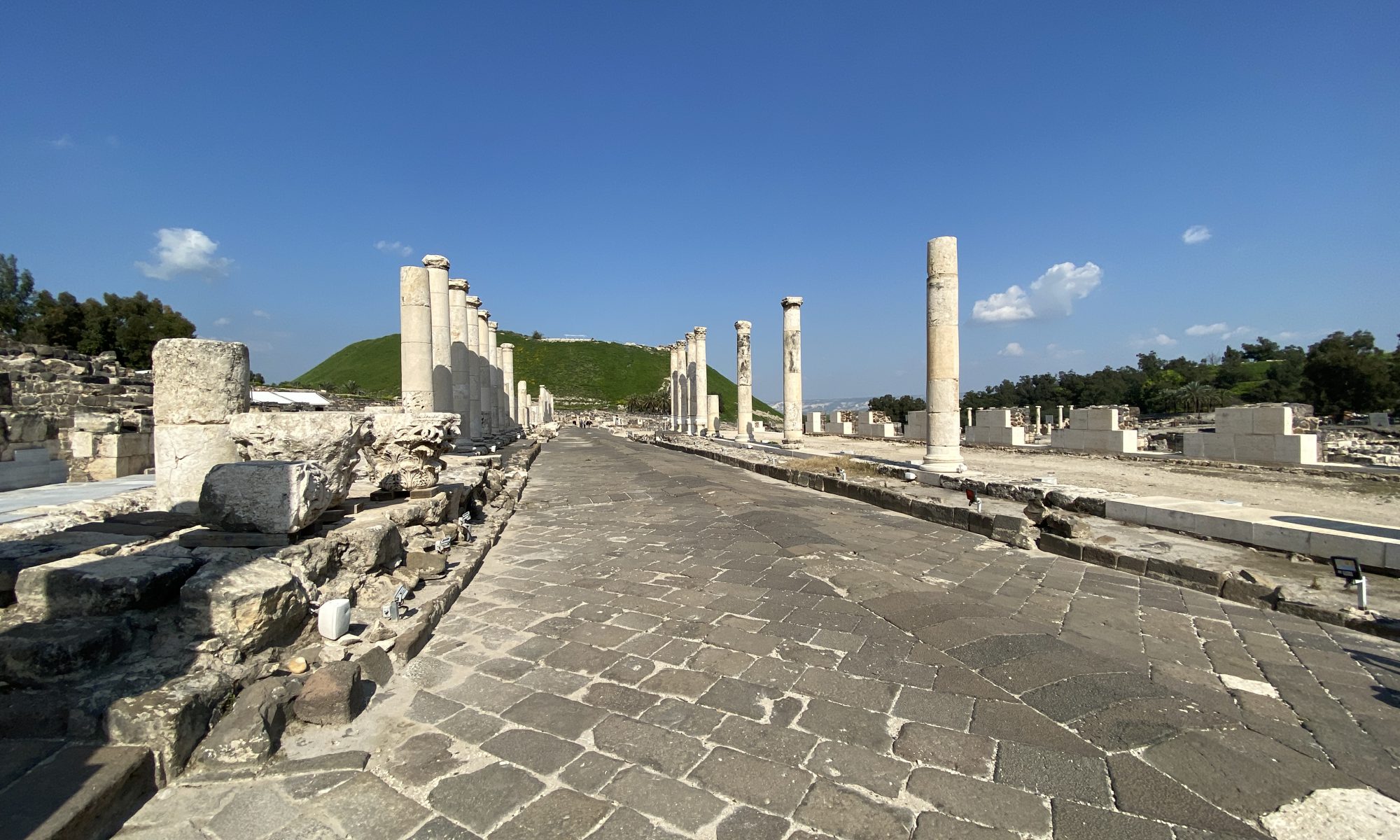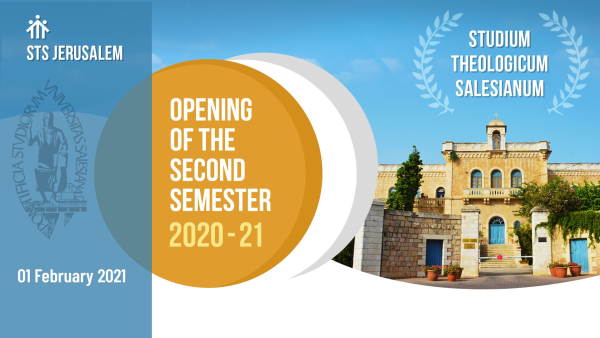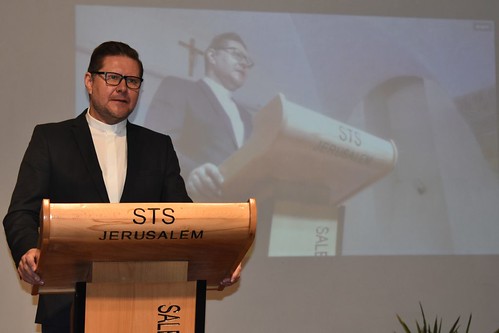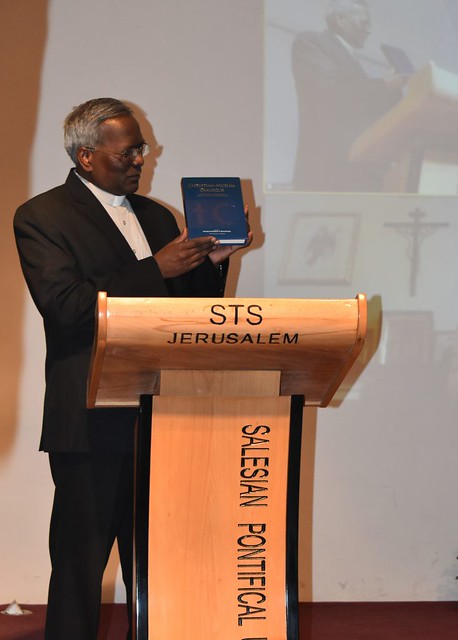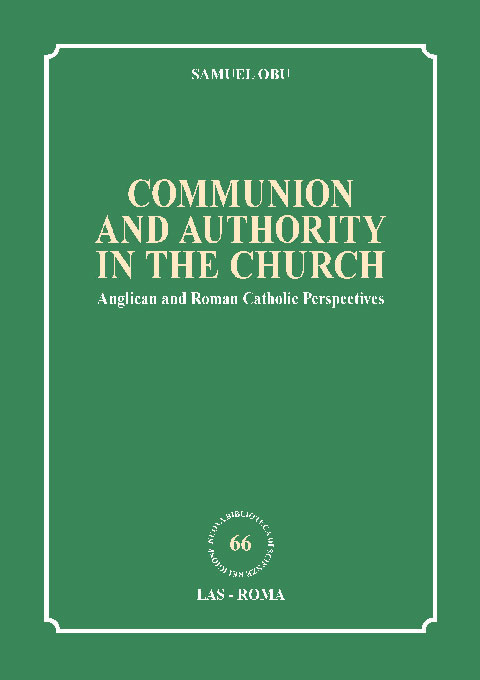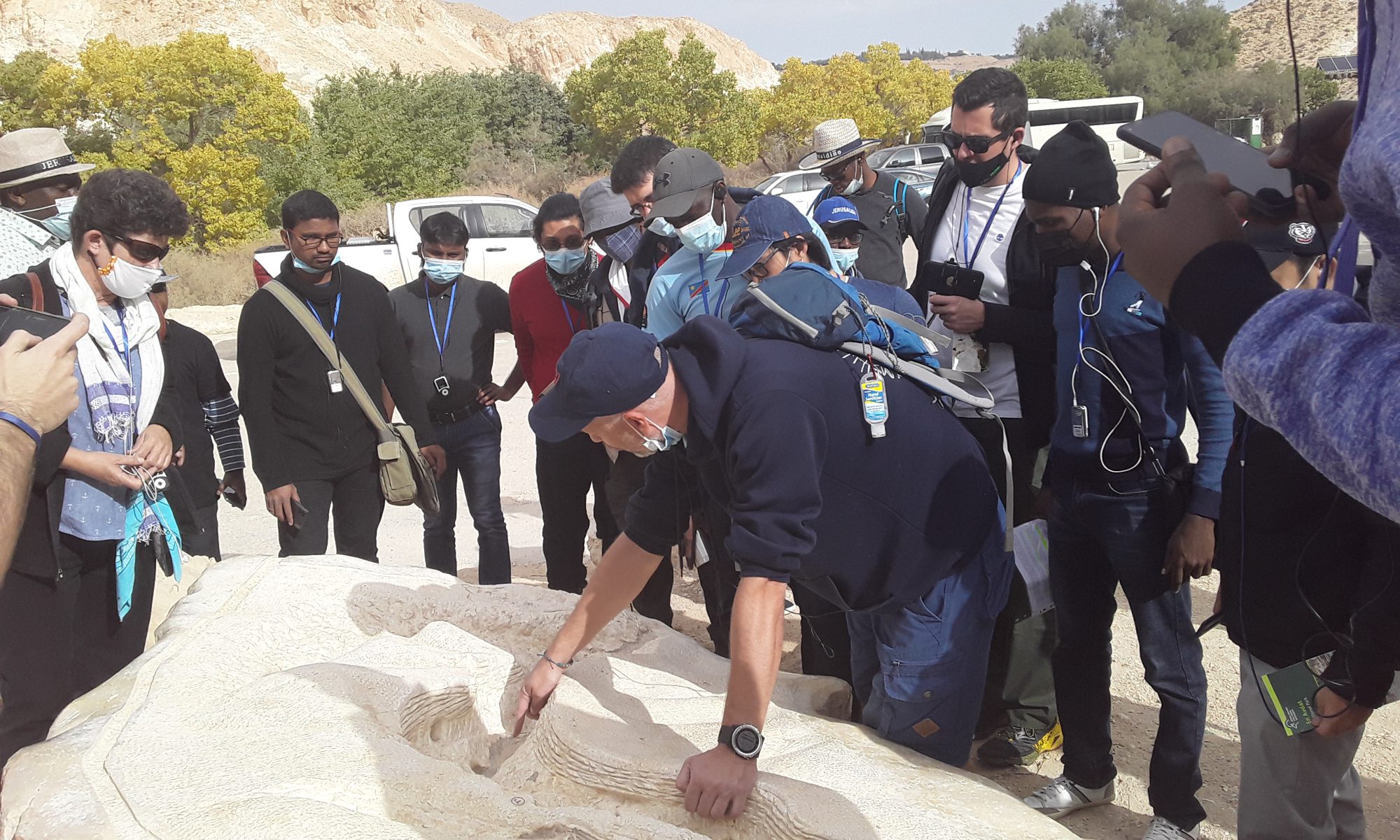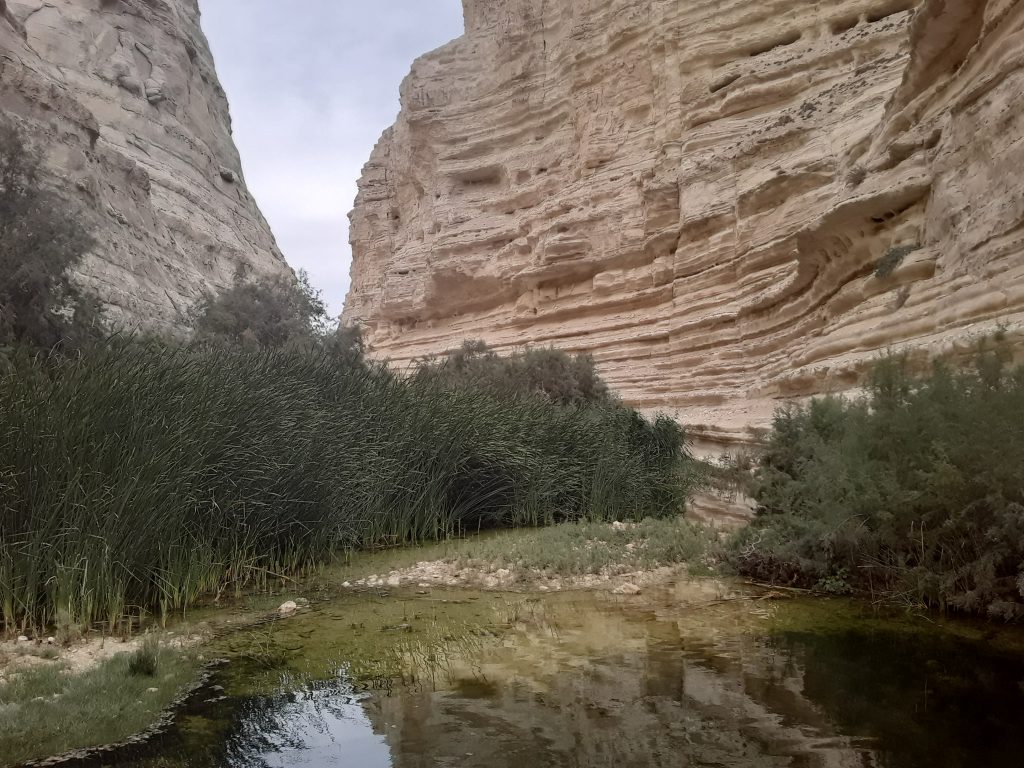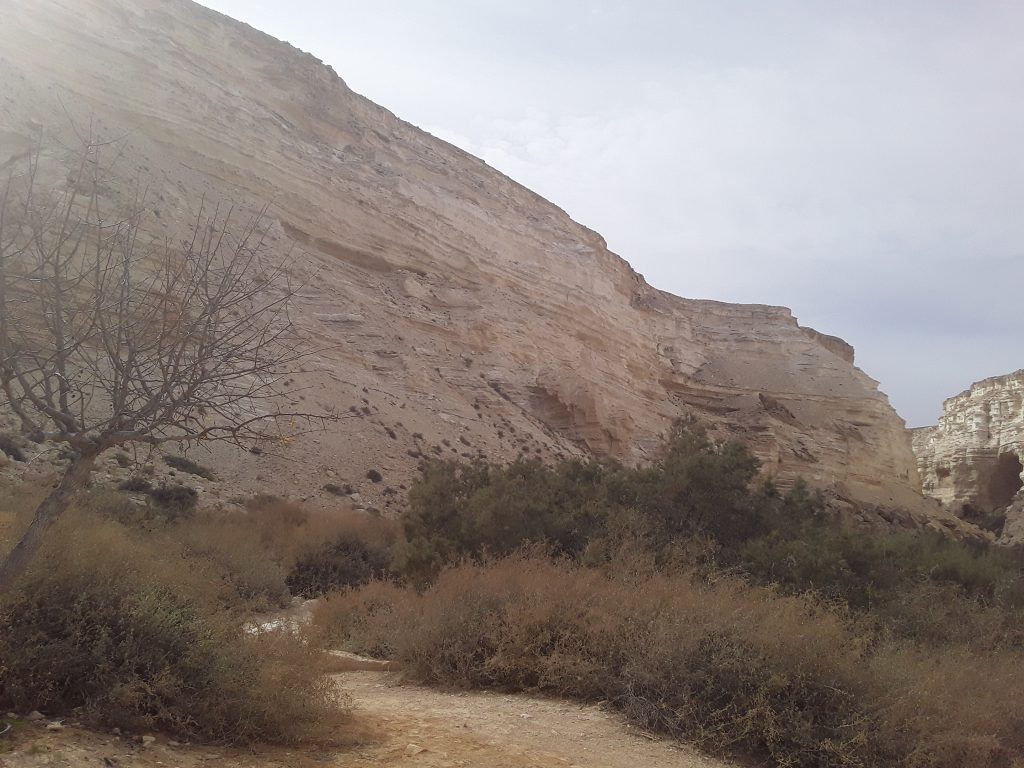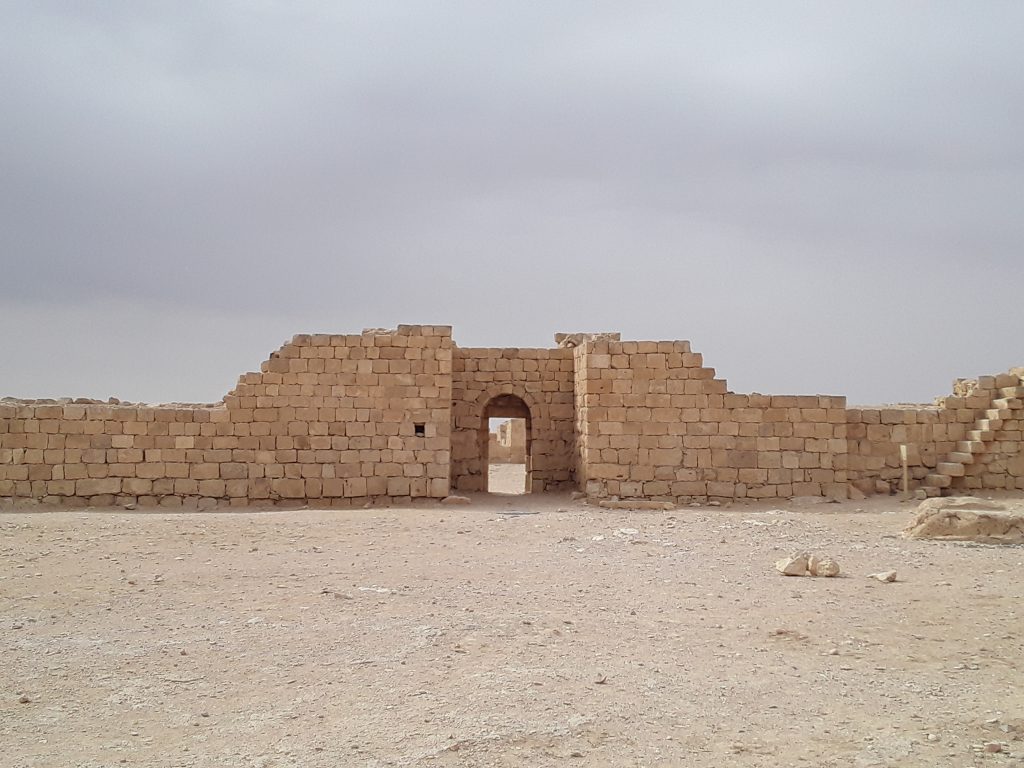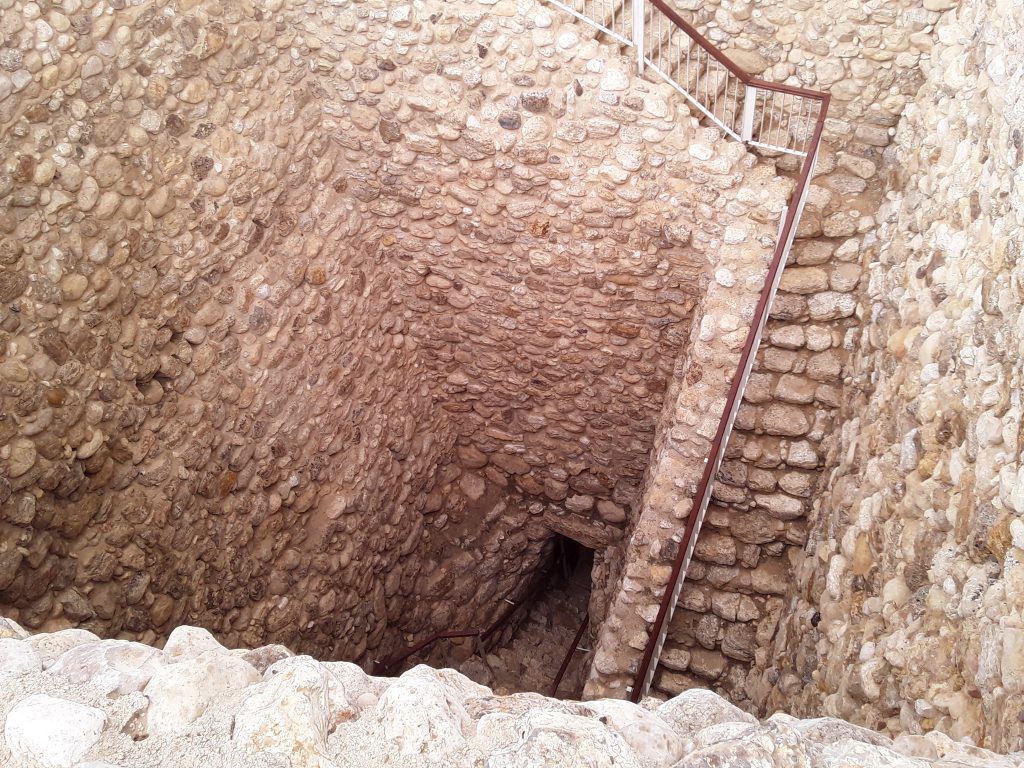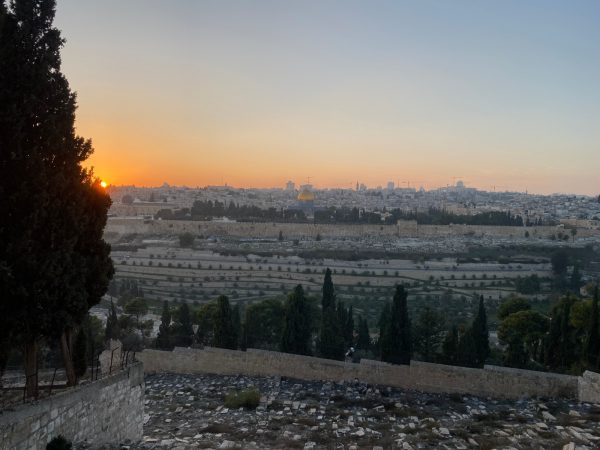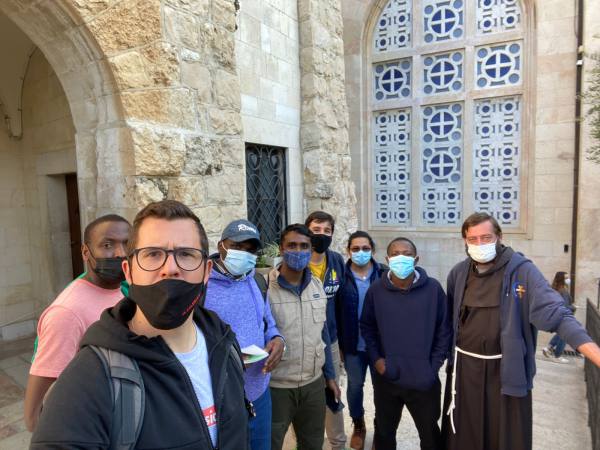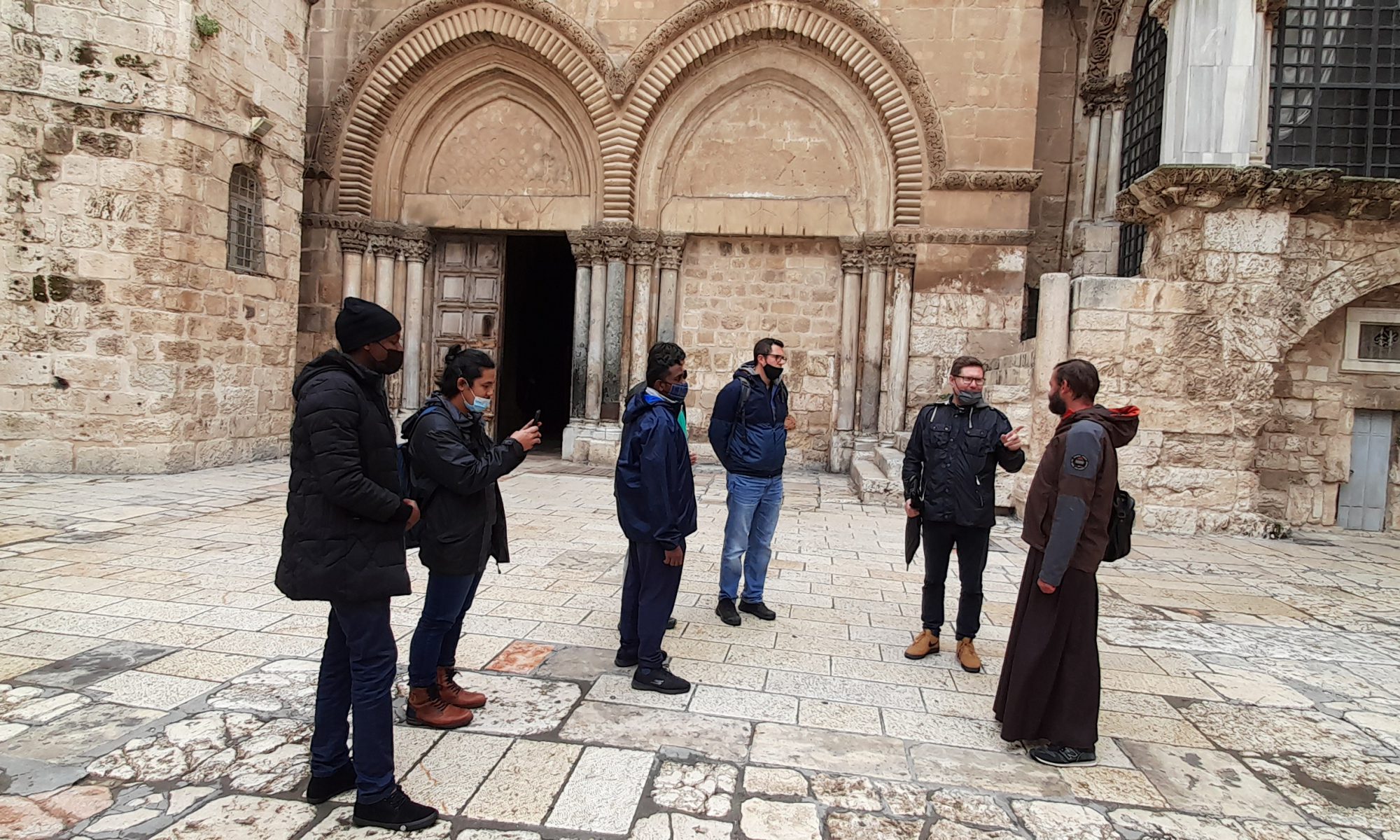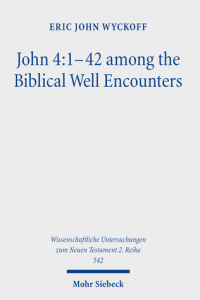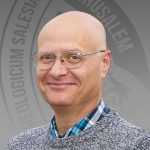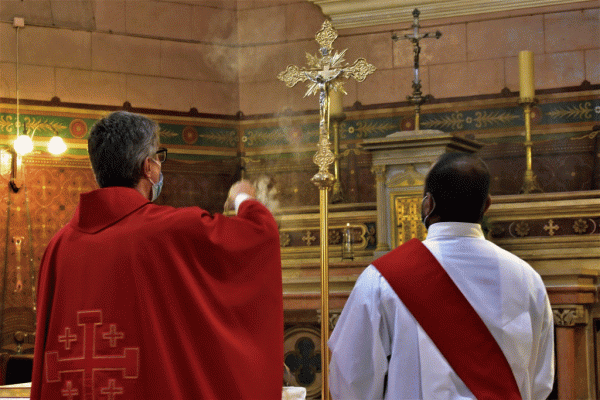Dear Professors Students and Friends, Greetings to you all!
Today, as we open the second semester of the Academic Year 2020-21, each of us is
eagerly waiting to return to our classrooms, to the library, even to the corridors,
usually so full of life, especially during the 10.20 coffee break.
We all know that the first semester was unusual in many ways, but
providentially, we were able to complete it successfully. However, it would seem that
the uncertainty is not yet over. That is why the short clip we have just watched,
inspires in us amazing energy and emotions to begin and continue our mission in the
2 nd Semester, with patience and prudence.
My gratitude is extended to all the Professors who were teaching at the STS in
the 1 st semester 2020-2021. I would like to welcome the new Professors who will be
teaching with us in the 2 nd Semester: Sr Anna Maria Sgaramella, Fr. George Phiri, Fr.
Wim Collin, Fr. Wojciech Stabryla and last but not least, our former Principal, Fr.
Gustavo Cavagnari.
Unfortunately, we must temporarily continue the hybrid mode of teaching with
Professors and the resident students in class and the non-resident students online.
Hopefully, after one or maybe two weeks, we will be able continue our theological
journey together, on the campus.
Besides the regular classes, I trust that the main events of the 2 nd Semester, such as the
Topographical Visits, the Archeological Excursions, the Cultural Day, the STS
Tournament, the Study Trips to Galilee and Jordan and especially the Final Exams,
will all be accomplished according to the schedule you have already received.
Moreover, we have other projects to continue. After the process of the Self-Evaluation
of our Faculty, we need to revise carefully our Curriculum and Diploma Programmes.
Already the restructuring of our Website, including various platforms for the
Professors’ and Students’ theological essays and projects, is underway. Eventually,
perhaps, we will even be able to launch our own Theological Journal: The R.T.R. (The
Ratisbonne Theological Review).
All these initiatives aim at fostering theological reflection and the expression of our
active presence in the privileged context in which we live and study: The Holy Land!
In fact, we need to engage in open theological thinking to make Catholic Theology
alive and relevant for ourselves and for others.
Be assured we are not alone in these endeavors - we are an integral part of the
Salesian Pontifical University. In fact, in a few moments, the new Dean of the Faculty
of Theology, Rev. Fr. Antonio Escudero Cabello, will address us, direct from Rome.
Finally, we are delighted to have as our Chief Guest today, His Eminence
Cardinal Michael Fitzgerald who will deliver a conference that I am convinced will
encourage us to plant seeds of Hope in every social, geographical, and historical
circumstance. Like farmers dependent on soil and weather conditions - beyond their
control – we need to plant the seeds of hope and water them trustingly, confident that
in due time, God will make them grow.
Rev. Andrzej Toczyski, SDB
February 1, 2021
